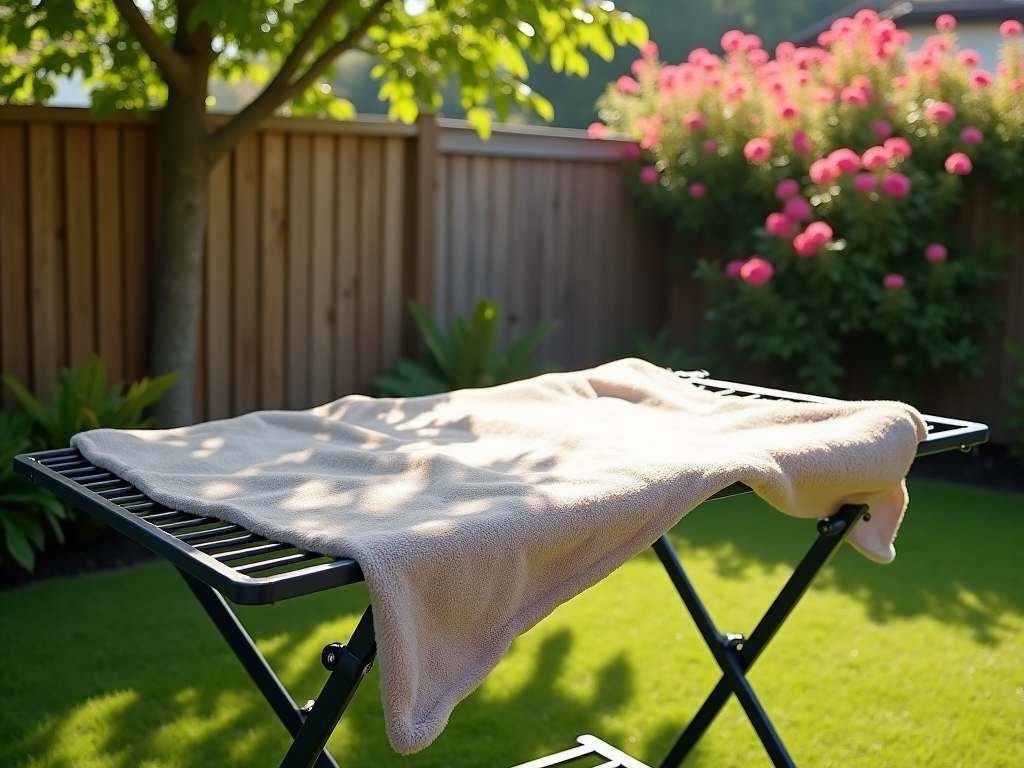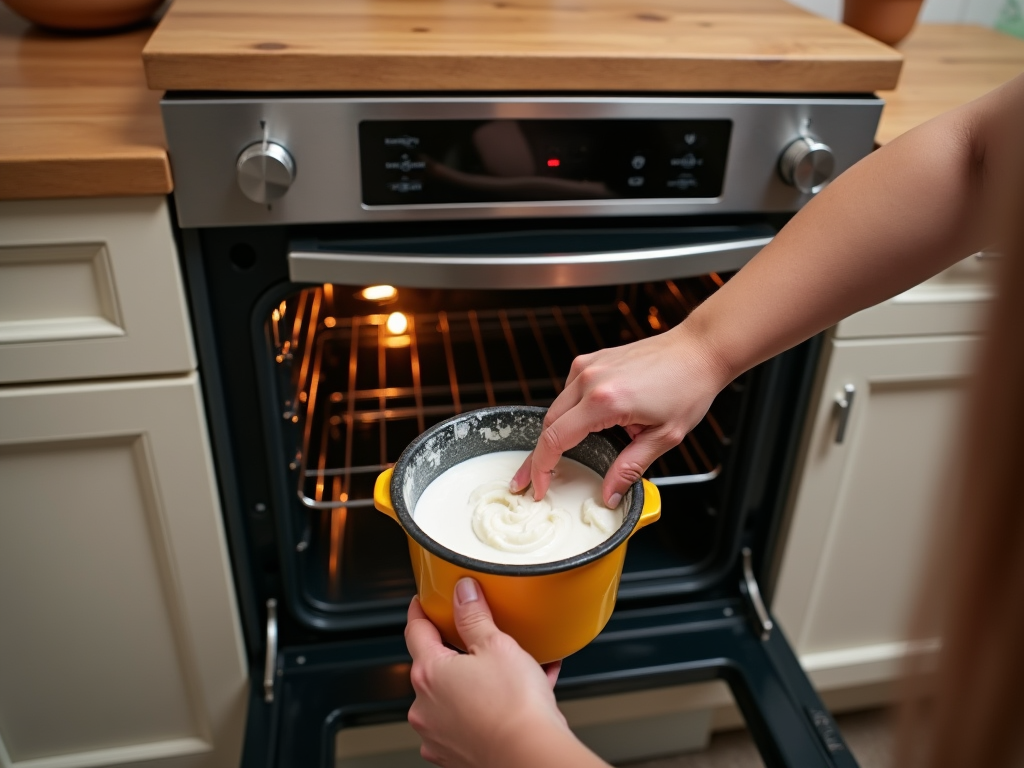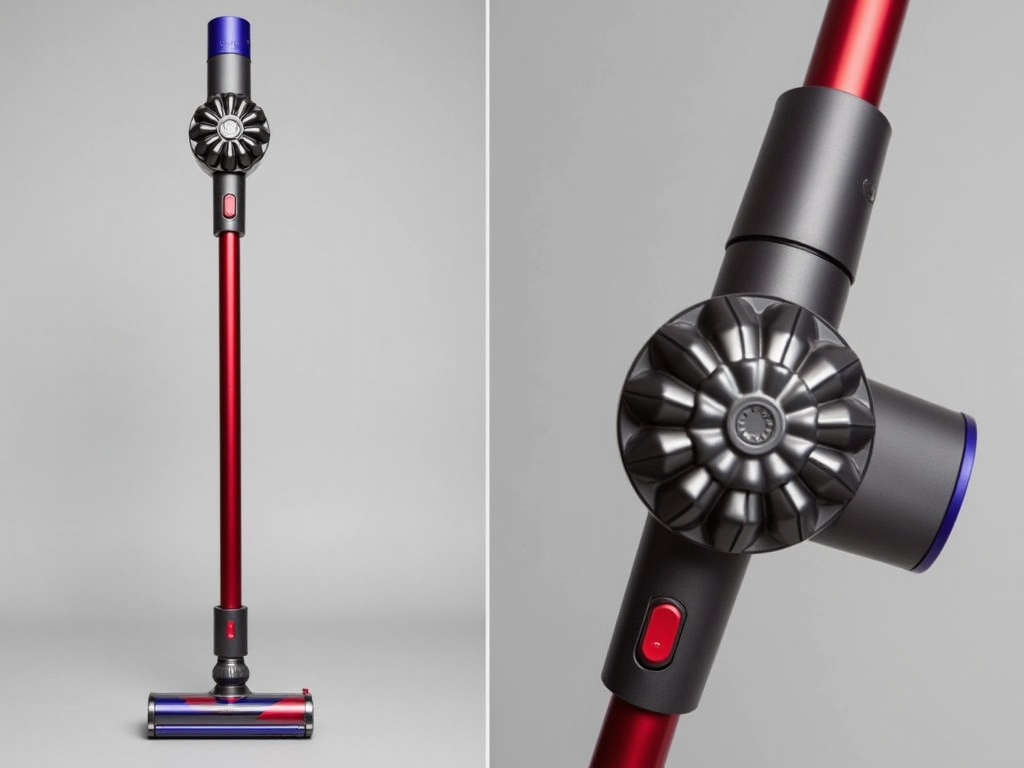Weighted blankets have become a popular choice for those seeking comfort and restful sleep. However, their unique construction requires special care when it comes to cleaning. In this article, we’ll explore step-by-step instructions on how to wash a weighted blanket according to a manufacturer, ensuring it remains in excellent condition. By following these guidelines, you can extend the lifespan of your beloved blanket while keeping it fresh and hygienic.
Understanding Your Weighted Blanket’s Material
Before washing your weighted blanket, it’s crucial to understand the materials used in its construction. Weighted blankets can contain a variety of fillings such as glass beads, plastic pellets, or natural materials like grains. The outer fabric can also vary, ranging from cotton to polyester. Each component might have specific care instructions, which is why reading the manufacturer’s label is essential. Understanding these materials will guide your cleaning process and help you avoid potential damage.
Most manufacturers provide a care tag attached to the blanket. It often includes information about the fabric type, filler materials, and recommended washing instructions. Familiarizing yourself with these details will help you determine if the blanket is machine washable or if hand washing is required. Additionally, checking for any special treatments like water-repellent coatings or dyes will influence how you proceed with washing.
If your weighted blanket is machine washable, follow these steps to ensure effective cleaning without causing damage. First, check the capacity of your washing machine to ensure it can handle the weight of the blanket. Overloading the machine can lead to improper cleaning and might damage the appliance. Use a gentle detergent that’s free of bleach and fabric softeners as they can degrade the material.
Set your washing machine to a gentle cycle with cold or lukewarm water. The gentle cycle minimizes agitation, reducing stress on the fabric and stitches. After completing the wash cycle, it’s often recommended to perform an additional rinse cycle to ensure all detergent residues are removed. This step is especially important for those with sensitive skin to avoid irritation from lingering soap particles.
Hand Washing Your Weighted Blanket
If the manufacturer’s instructions suggest hand washing, follow these guidelines to safely clean your blanket. Find a spacious basin or bathtub to soak the blanket. Fill it with enough lukewarm water to fully submerge the blanket. Mix in a mild detergent, assuring it dissolves completely. Gently agitate the water using your hands before adding the blanket.
Carefully immerse the blanket in the soapy water, using a gentle kneading motion to dislodge dirt and stains. Pay special attention to heavily soiled areas. Avoid wringing or twisting the blanket as it may damage both the fabric and fillers. After washing, drain the soapy water and rinse the blanket thoroughly under clean water until no soap remains.
Drying Your Weighted Blanket
Proper drying is as important as washing when it comes to maintaining the quality of your weighted blanket. Most woven material blankets should be air-dried due to the delicate nature of the fabrics and fillers. After rinsing, gently shake the blanket to remove excess water and lay it flat on a clean, dry surface. Ensure it is not exposed to direct sunlight, which could cause fading.
If you prefer using a dryer, check if the manufacturer’s guidelines allow tumble drying. If permitted, select the lowest heat setting to prevent damage. Adding dryer balls can help speed up drying time and maintain the fluffiness of the blanket. Always remove the blanket promptly once dry to avoid creasing or over-drying.
Maintaining Your Weighted Blanket Between Washes
Regular maintenance can extend the time between each wash, keeping your blanket fresh and clean. Consider using a removable duvet cover to protect the blanket from spills and stains. These covers are much easier to wash and maintain, saving wear and tear on the blanket itself. Spot cleaning any stains as they occur can also prevent them from setting in.
For a quick refresh, airing out your blanket by hanging it outside can eliminate odors and reduce dust accumulation. Regularly vacuuming your blanket can also help remove surface dirt and dust without the need for a full wash. These simple steps combined with proper storage when not in use will ensure your weighted blanket remains a cozy companion for years.
Conclusion
Washing a weighted blanket requires a bit more care than traditional bedding, but with these detailed instructions, you can maintain its quality and extend its life. Whether you choose to machine wash or hand wash, the key is to follow the manufacturer’s guidelines. Remember to dry your blanket properly and adopt useful maintenance practices to keep it in top condition. Following these tips will ensure you continue to enjoy the comfort and benefits of your weighted blanket for a long time.
Frequently Asked Questions
1. Can all weighted blankets be machine washed?
No, not all weighted blankets are suitable for machine washing. It’s important to check the manufacturer’s care label to determine if your blanket is machine washable or requires hand washing.
2. How often should I wash my weighted blanket?
Generally, washing your weighted blanket every few months is sufficient. However, if the blanket is heavily soiled or used frequently, you may need to wash it more often.
3. Can I use bleach when washing my weighted blanket?
No, it’s not recommended to use bleach, as it can damage the fabric and degrade the materials in the weighted blanket. Stick to a mild detergent free of bleach for cleaning.
4. Is it safe to put my weighted blanket in the dryer?
It depends on the blanket and the manufacturer’s guidelines. Some weighted blankets can be tumble dried on a low heat setting, but many require air drying to prevent damage.
5. What should I do if my weighted blanket gets stained?
For stains, try spot cleaning with a damp cloth and mild detergent as soon as the stain occurs. This can often prevent the stain from setting, reducing the need for a full wash.



